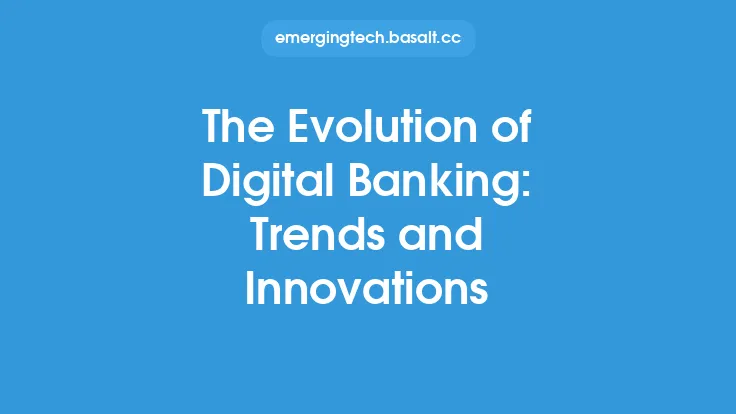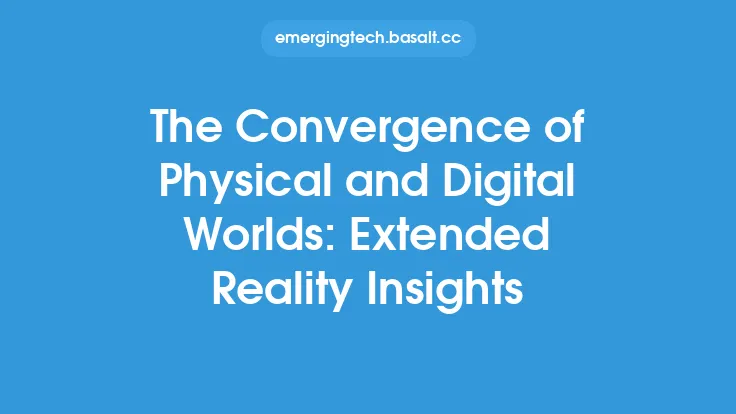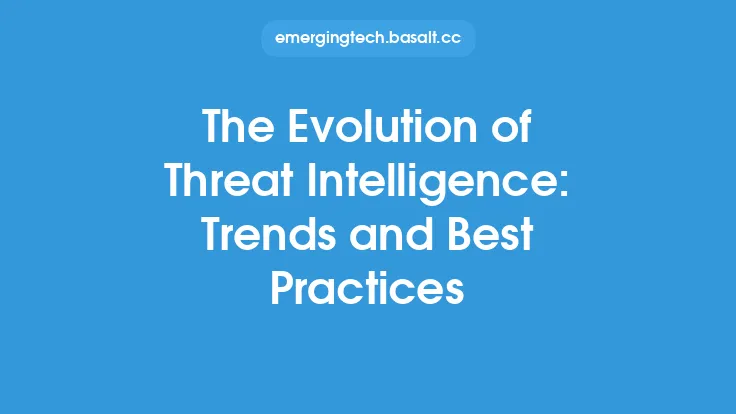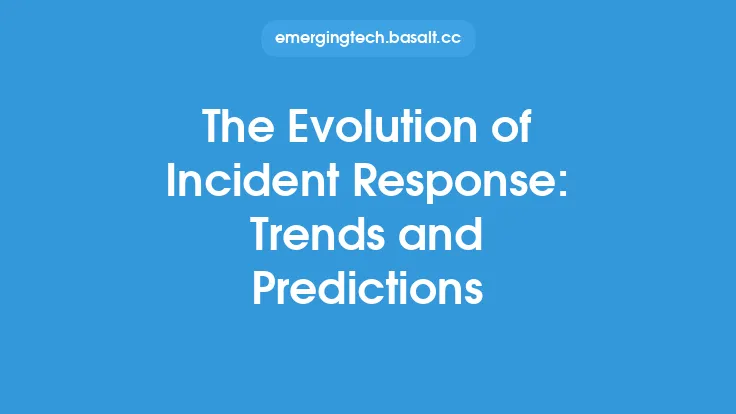The world of digital payments has undergone significant transformations over the years, driven by advances in technology, changing consumer behaviors, and the need for faster, more secure, and convenient payment methods. From the early days of online banking and credit card transactions to the current era of mobile wallets, cryptocurrencies, and contactless payments, the evolution of digital payments has been marked by innovation, disruption, and growth.
Introduction to Digital Payments
Digital payments refer to the transfer of funds or value from one party to another through digital channels, such as online banking, mobile apps, and payment gateways. These transactions are facilitated by a network of financial institutions, payment processors, and technology providers, which work together to enable secure, efficient, and convenient payments. The rise of digital payments has been driven by the increasing adoption of digital technologies, such as smartphones, tablets, and computers, which have enabled consumers to access financial services and make payments remotely.
History of Digital Payments
The history of digital payments dates back to the 1960s, when the first electronic payment systems were introduced. These early systems were based on magnetic stripe cards and were used for transactions such as ATM withdrawals and credit card payments. The 1980s saw the introduction of online banking, which allowed consumers to manage their accounts and make payments remotely. The 1990s witnessed the emergence of e-commerce, which further accelerated the growth of digital payments. The launch of PayPal in 1998 marked a significant milestone in the evolution of digital payments, as it enabled person-to-person payments and online transactions.
Key Players in Digital Payments
The digital payments ecosystem consists of several key players, including financial institutions, payment processors, technology providers, and merchants. Financial institutions, such as banks and credit unions, provide the underlying infrastructure for digital payments, including account management and transaction processing. Payment processors, such as Visa and Mastercard, facilitate transactions between merchants and financial institutions. Technology providers, such as Apple and Google, develop digital payment platforms and wallets, such as Apple Pay and Google Pay. Merchants, such as retailers and e-commerce companies, accept digital payments from consumers and rely on payment processors and technology providers to facilitate transactions.
Digital Payment Methods
There are several digital payment methods, each with its own unique characteristics and advantages. Credit and debit cards are the most widely used digital payment methods, accounting for the majority of online transactions. Mobile wallets, such as Apple Pay and Google Pay, use near-field communication (NFC) technology to enable contactless payments. Person-to-person payment services, such as PayPal and Venmo, allow consumers to send and receive funds remotely. Cryptocurrencies, such as Bitcoin and Ethereum, use blockchain technology to enable secure and decentralized transactions. Online banking and bill pay services enable consumers to manage their accounts and make payments remotely.
Security and Risk Management
Digital payments are vulnerable to security risks, such as hacking, phishing, and identity theft. To mitigate these risks, payment processors and technology providers use advanced security measures, such as encryption, tokenization, and biometric authentication. Encryption protects sensitive data, such as credit card numbers and personal identification numbers, from unauthorized access. Tokenization replaces sensitive data with unique tokens, which can be used to facilitate transactions without exposing underlying data. Biometric authentication, such as facial recognition and fingerprint scanning, provides an additional layer of security and verification.
Technical Infrastructure
The technical infrastructure for digital payments consists of several components, including payment gateways, payment processors, and settlement systems. Payment gateways, such as Stripe and Square, facilitate transactions between merchants and payment processors. Payment processors, such as Visa and Mastercard, manage the flow of transactions and provide settlement services. Settlement systems, such as the Automated Clearing House (ACH) network, enable the transfer of funds between financial institutions. The technical infrastructure for digital payments also includes data analytics and reporting tools, which provide insights into transaction trends and patterns.
Regulatory Environment
The regulatory environment for digital payments is complex and evolving, with multiple stakeholders and jurisdictions involved. Governments and regulatory agencies, such as the Federal Reserve and the European Central Bank, play a crucial role in shaping the regulatory framework for digital payments. Industry associations, such as the Electronic Transactions Association (ETA) and the Payments Council, provide guidance and advocacy for the digital payments industry. The regulatory environment for digital payments is influenced by factors such as consumer protection, anti-money laundering, and know-your-customer requirements.
Future Outlook
The future of digital payments is exciting and uncertain, with emerging technologies and innovations poised to disrupt the industry. The growth of mobile payments, contactless payments, and cryptocurrencies is expected to continue, driven by advances in technology and changing consumer behaviors. The increasing adoption of artificial intelligence, machine learning, and blockchain technology is expected to enhance security, efficiency, and convenience in digital payments. The rise of fintech companies and digital banks is expected to challenge traditional financial institutions and payment processors, leading to increased competition and innovation in the industry. As the digital payments landscape continues to evolve, it is likely that new trends, technologies, and innovations will emerge, shaping the future of financial transactions and commerce.





